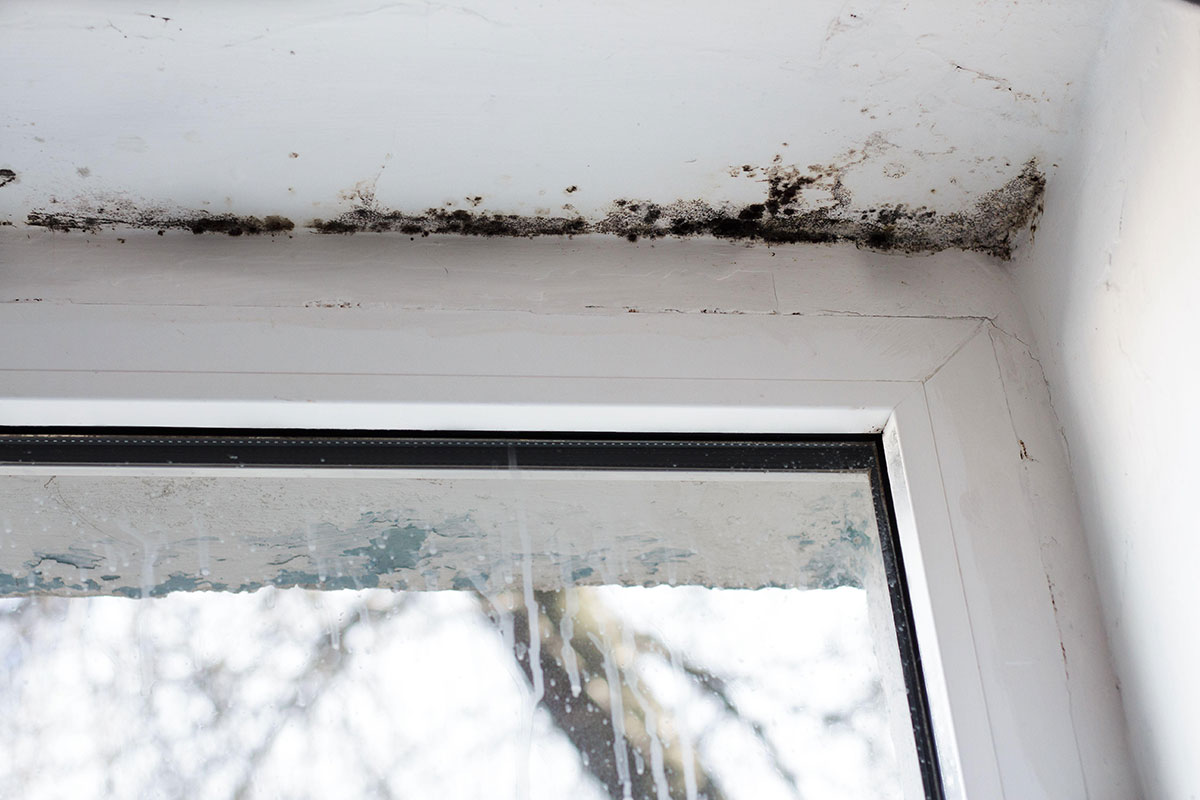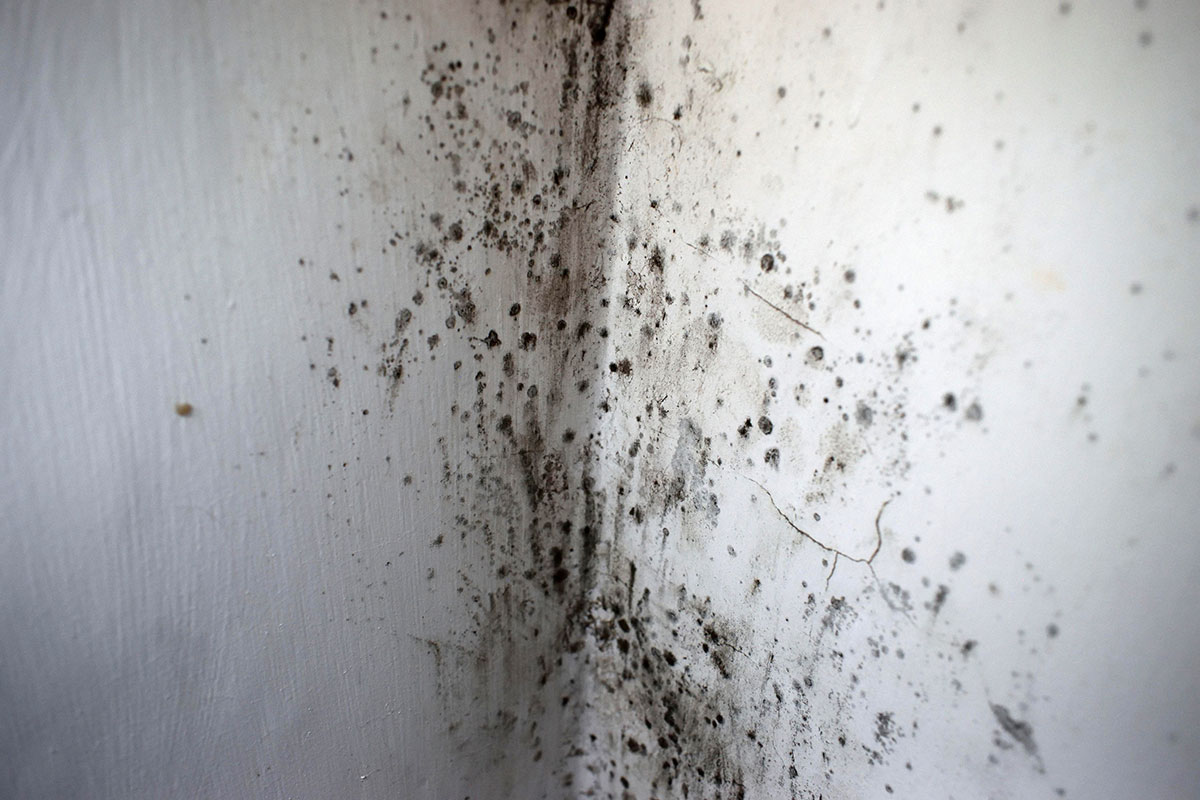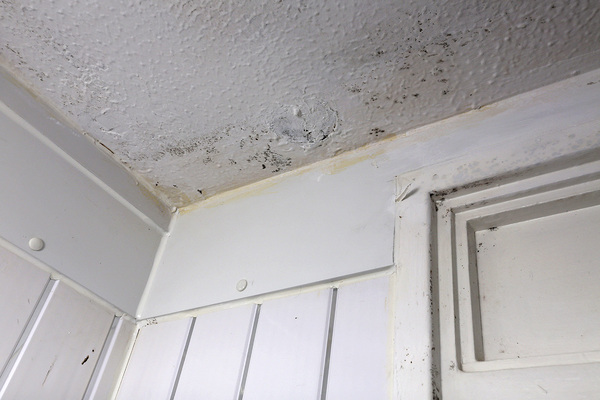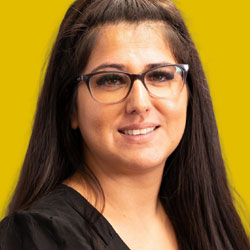Using digital technology to tackle damp and mould
How can using a digital approach help to tackle damp and mould in social homes? Rebecca Sandhu from housing technology firm Plentific explains the role it can play now and in the future

In association with:

Damp and mould are pervasive, bad for human health, and getting worse. In 2021, according to the government, 4% of the UK’s social housing stock and 11% of private rented housing were affected by damp and mould. A lot has happened in the intervening years – not least a surge in energy prices that experts at the National Housing Maintenance Forum predict will drive the number of cases even higher.
However, technology has also been on the march in recent years. Social landlords now have an array of tools at their disposal. These can help to identify and quantify cases, and to streamline the way landlords respond to and treat problems – resulting in happier and healthier residents and living spaces, as well as potentially lower bills for housing providers.
Inside Housing spoke to Rebecca Sandhu, director of value creation at housing technology firm Plentific, to find out how digital technology is both tracking and tackling damp and mould in the UK – and what the future might hold.
How do you gather data on damp and mould – and what is the data telling you?
As a social housing technology partner, our platform allows landlords to track the number of reports of damp and mould.
When residents call in to report damp or mould, that call is pushed onto the platform; this alerts surveyors, who then carry out an inspection.
Their reports are also pushed automatically onto the platform, and include details about the nature of works that need to be carried out – both reactive and remedial. That then allows the platform to push the job out to specialised sub-contractors. So all this information is logged, tracked and visible.
Our analysis of that data in recent years shows that there has been a spike in damp and mould cases. Our platform has registered 120% more jobs in 2023 than last year. It’s a huge priority for all clients at the moment, for obvious reasons.
Once housing providers have a historical record of this data, they can start to think about permanent strategies for particular properties and how to proactively deliver that.
Previously, with the more manual methodologies implemented by some providers, you don’t have that history, so you don’t know what you’re dealing with.
What might be causing this spike in cases?
There are a few contributing factors. One is the shortage of housing; it means more people are over-occupying, which adds a lot of moisture to the environment.
Another factor is poor-quality housing, particularly older stock. The cost of living crisis also plays a role; everyone could have the best ventilation system in their home, but the rise in energy costs could lead residents to turn those systems off.
Others might only be able to afford to heat one room, which can lead to condensation and damp issues.
Rebecca Sandhu is director of value creation at Plentific. Prior to joining, she spent 15 years heading up property maintenance operations at L&Q.
She specialises in change management consultancy, cultivating strong relationships and identifying opportunities to enhance value for both clients and residents through Plentific’s real-time property solutions.
What steps can social landlords take to improve how they address damp and mould?
The responsibility of managing these issues lies with the landlord – but educating residents around the impact of mould and how to prevent it is key. If you notice damp and mould early, then you can make the necessary repairs and ensure the property has the ventilation it needs, which is why residents should be encouraged to report cases in a timely manner – and self-service technology can help.
Many residents are vulnerable, however. That means they might not always report it, which in turn could lead to the issue getting a lot worse.
So it’s about everybody that supports vulnerable residents – landlords, social services, any other third parties – ensuring that they report these issues as they see them, too.
Of course, the perfect solution would be if every family could be accommodated in social housing that’s the right size for them.
4%
UK housing stock affected by damp and mould in 2021, according to the government
11%
Social housing stock affected by damp and mould in 2021
What role can technology play in detecting, preventing and treating damp and mould?
Preventing every case of damp and mould before it starts is never going to happen unless landlords fit every home with sensors that can detect and report cases straight away, so I do think it’s a responsibility for landlords to make sure they’re using technology that can provide that service.
But on top of that, you need to be able to access specialist contractors who can carry out remedial works quickly and competently.
A lot of traditional housing management systems only capture the data; more modern systems, such as Plentific’s platform, can capture the data, analyse it and automate the process of procuring the right contractor for the job.
The majority of those processes are automated, so housing providers don’t need teams to click buttons or check diaries and align schedules. It’s quick and efficient, and it can deliver better value for money, too.
A lot of the time, you see damp and mould cases in social housing that have gone too far, and they have to pay a sizeable fee for a contractor to fix it – and often that doesn’t represent the best value for money, and may not even be a long-term repair.
Another advantage of these platforms is that because the remedial works are carried out quickly and to a high standard, the landlord can then focus on removing the damp and mould, putting in sensors, and ensuring the ventilation is fit for purpose. It gives landlords the right data to make informed decisions about each of their properties.
How might technology improve the way landlords deal with damp and mould in the future?
Technology has already moved on. We now deploy a system whereby residents don’t have to spend hours on the phone; they can capture images and video, and upload them instantly via an online portal. It’s called self-diagnostics, and it means the whole process is streamlined and centralised.
In the future, AI will be able to diagnose the imagery supplied by residents, diagnose the requirements and procure the right specialist, further automating that process and closing the loop. If it’s a small problem that the resident can safely remedy themselves, the AI has the potential to provide them with the advice they need to do so.
Generative AI – that is, ChatGPT-type systems – will be used to complete work order descriptions based on the information supplied by the operative, saving admin time and making the process even more efficient.
This has the potential to optimise the amount of work that can be done by each operative. We see that as a way to manage large volumes of properties more efficiently and safely. This is what the future looks like, and it’s really exciting.











